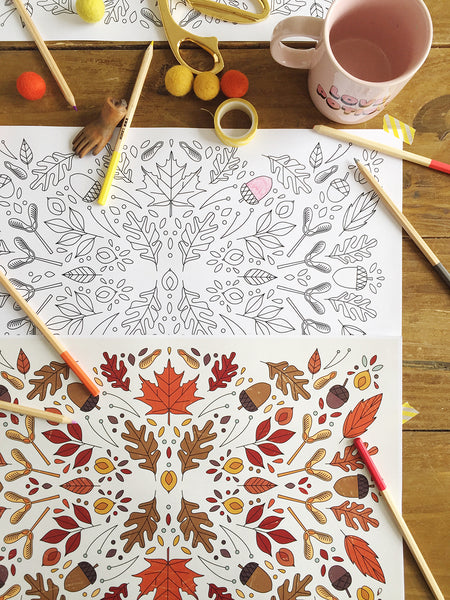The Main Principles Of Unique Art
Table of ContentsUnique Art Can Be Fun For AnyoneThe 8-Second Trick For Unique ArtThe 10-Minute Rule for Unique ArtUnique Art - An OverviewThe Best Strategy To Use For Unique Art
While one might question which art type holds priority, the reality stays that each of these 7 types gives a special home window into human background, society, and development. Unique Art. They are the tapestries that chronicle our journey, advising us of our past while inspiring visions for the future
To bring even much more dramatization, he extended the paint. The curves, along with a round sconce, soften the sides. Structures vintage posters and maps of beloved locations set the scene.
The 10-Minute Rule for Unique Art
8 TRIA GIOVANEqual parts grand and laidback, this entrance hall made by Anthony Baratta is the perfect blueprint to adhere to if you're enhancing an official entry that still really feels unfussy and comfortable. Patterned textiles take spotlight (see the carpetings and the couch), yet they additionally aid bring the high ceilings to a human range when hung over wallpaper.
18 Heidi Caillier DesignA gallery wall doesn't require to take up the entire area. Sometimes a little one can make a bigger style statement. In this living area, Hiedi Caillier chose for micro-mini frames and a random composition.
, the expression of ideas and emotions, with the production of particular aesthetic qualities, in a two-dimensional aesthetic language. The elements of this languageits forms, lines, colours, tones, and texturesare utilized in various methods to generate experiences of quantity, room, activity, and light on a flat surface area. These aspects are incorporated right into meaningful patterns in order to stand for real or supernatural phenomena, to interpret a narrative theme, or to produce entirely abstract aesthetic partnerships.
Later the idea of the "fine musician" created in Asia and Renaissance Europe. Famous painters were managed the social status of scholars and courtiers; they signed their work, chose its style and frequently its subject and images, and developed a much more personalif not constantly amicablerelationship with their customers. During the 19th century painters in Western societies started to shed their social setting and safe patronage.
Excitement About Unique Art
Others gained a revenue through touring exhibitions of their work. The requirement to appeal to an industry had actually changed More Bonuses the similar (if less impersonal) needs of patronage, and its result on the art itself was most likely comparable. Normally, artists in the 20th century could get to a target market only through commercial galleries and public galleries, although their work may have been sometimes duplicated in art periodicals.

Don't duplicate the style of various other artists if you're looking for your style. Duplicating other individuals's art work can be fantastic in instructional objectives yet it will certainly not make you closer to finding your own distinct design. Your artistic style needs to be, what you such as and what influences you.
Indicators on Unique Art You Should Know
I would think of your own design as a design you paint in normally, when you allow go of all ideas and guidelines and simply look at this now concentrate on painting, not thinking regarding it. The design needs to come naturally to you when you are kicked back and you can not force it or it won't be your very own design, simply someone else's.
You require to attempt whole lots of various choices and discover every little thing prior to you can focus on one particular style or you'll be bored, or worse, you'll dislike your own style. I suggest you to try every solitary topic that you're interested in, check out as much as you can. Try different tools that excite you and new techniques you've never tried prior to.
With time you'll be able to sort all of them into your favorite and least favorite categories. Attempt to concentrate your interest on the subjects and tools that you like and before you see it coming you'll have your own personal and special design, like find out no one else have! In the end you'll have a few favorite topics to repaint and possibly a few favorite tools.
How Unique Art can Save You Time, Stress, and Money.
The style needs to develop itself gradually with a lot of practice and experiments. Thanks for reviewing this message and if you have any inquiries leave them in the comments listed below, I would certainly enjoy to address these.